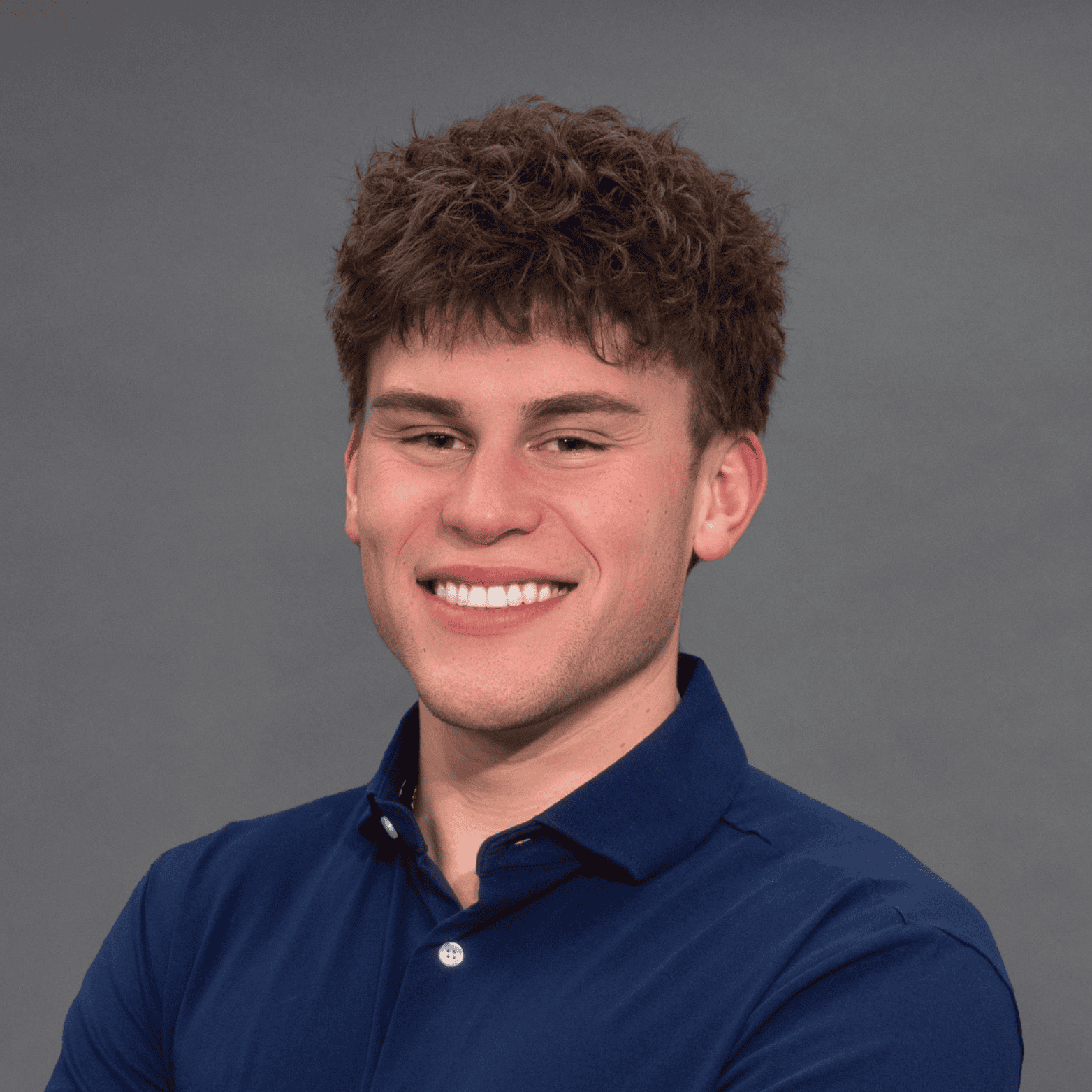Building a Real-time Information Center as a College or University


A growing trend in law enforcement is the emergence of Real-time Crime Centers (RTCCs). While you may have heard different names for these centers, their core purpose is the same: to get you the information you need in real-time. These centers are now beginning to appear in higher education law enforcement as well. Many in this space would love to have their own RTCC, but the perceived costs and challenges often make it feel out of reach. Typically, only institutions with large budgets or access to grant funding can realistically consider building one.
So how do you, as a higher education law enforcement professional, keep up with today’s evolving safety challenges while working within a tight budget and limited access to modern tools? That’s exactly what I’ll address in this article.
From here on, I’ll refer to these centers as Real-time Information Centers (RTICs) instead of Real-time Crime Centers. The reason is twofold. First, labeling your center a “crime center” signals to the community that your focus is strictly on crime—which can inadvertently suggest a focus on the demographics involved in those crimes. Second, these centers support far more than crime-related events. They assist with missing persons, car accidents, medical emergencies, Clery compliance, emergency planning, and more. For those reasons, I recommend choosing a name that avoids the word “crime,” such as a Real-time Information Center or even a SOC (Security Operations Center).
When you picture an RTIC, a few familiar images may come to mind: dim lighting, a giant LED logo on the wall, an oversized conference table with leather chairs, and fancy dispatcher stations surrounded by monitors and large TVs. I’ve toured quite a few centers and can say without hesitation—those setups are cool. But I’ll also be the first to say: none of that is necessary.
It’s worth revisiting the purpose of an RTIC—delivering the information you need, when you need it. None of those flashy features help achieve that goal directly. Sure, extra monitors or TVs can help display more cameras or alerts, but what really matters is having the right software, a couple of monitors, and someone who knows how to use them. With those ingredients, even a janitor’s closet can be transformed into a fully functional real-time information center.
Budgets are tight across higher education, and for many institutions, building an RTIC may feel like a pipe dream. If your campus falls into that category, take comfort in this: when thinking about how to improve campus safety, your first question shouldn’t be “how do we build an RTIC?” Instead, it should be “how do we enable our team to access the right information at the right time?”
If that answer leads to funding a brand-new RTIC with all the bells and whistles—great. But if it means upgrading the software in your current dispatch room—that’s great too. I’ll share some ideas on how to make that happen. First, though, it’s worth exploring what traditional RTICs in law enforcement actually look like.
Let’s start with state and county-level centers. These facilities focus heavily on supporting surrounding agencies by collecting and disseminating information. They often analyze crime trends, compile data like gun violence statistics, and develop programs to encourage collaboration between departments.
City or town-level centers operate a bit differently. Their focus is more tactical—delivering real-time information directly to officers. One of their main tools is license plate recognition (LPR) cameras, with some centers using 100+ LPRs across their jurisdiction. Interestingly, many don’t have traditional “context” cameras (those viewing sidewalks, roads, interiors, etc.), and if they do, the numbers are often modest—perhaps a few hundred. Major city centers are, of course, an exception.
Another key element is software integration that pulls in cameras from outside entities—like K-12 schools, residential properties, hospitals, or municipal buildings. Importantly, these centers don’t manage the day-to-day incidents on those third-party cameras—they simply access them when needed to solve an incident.
Colleges and universities, however, are a different story. In higher ed, law enforcement teams must manage a much broader array of “context” cameras. You’re responsible for both indoor and outdoor spaces across countless campus buildings. On top of that, you oversee a wide range of other systems—access control, panic buttons, blue lights, mass notifications, student shuttles, and more.
Simply put, you’re juggling far more than you’re often given credit for. Based on my experience, there are two major hurdles to accessing the information you need in real-time:
1) Spending countless hours sifting through your extensive network of context cameras.
2) Losing time trying to manage siloed systems that don’t communicate with each other.
Our AI Glue platform was built to address these challenges. It unifies your systems and layers AI on top to help you quickly surface relevant information. That speed leads to both improved safety and cost savings.Are there other platforms that can help? Of course. But many of them still require your team to pour in significant time and resources. MIDL was developed within higher ed environments, and it continues to empower campus law enforcement with solutions tailored to the unique demands of campus safety.
Read Next

The Origin Story of MIDL


Do we have false-positive detections?


How we are able to detect activity and objects
